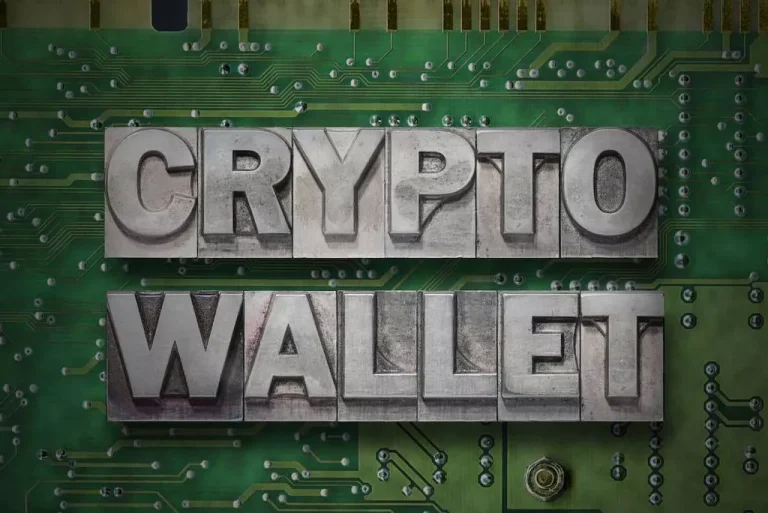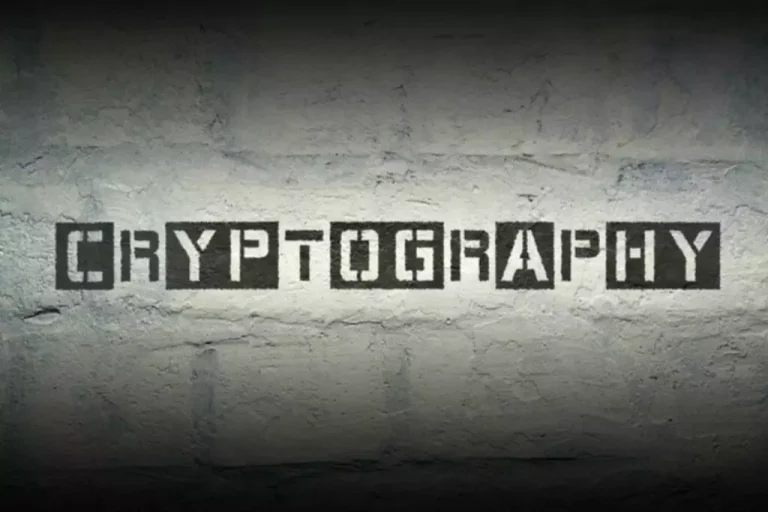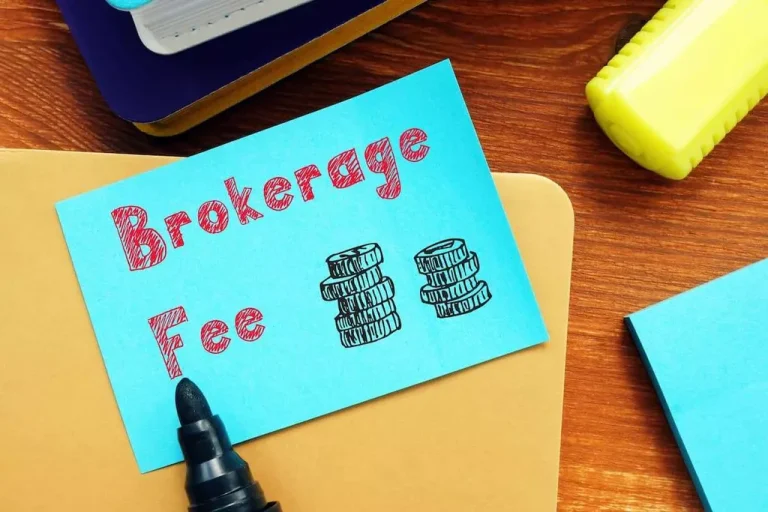What Are Cross-chain Bridges? Advantages And Risks
Nearly all new blockchains incorporate tokenization and good contracts, which end in an ecosystem of applications corresponding to DEXs. Deficient good contracts current a higher assault danger vector for cross-chain bridges because of the blockchain’s immutable nature. In reality, some bridges hacked have resorted to begging hackers to return stolen funds. That’s worked Proof of personhood prior to now, but counting on unscrupulous people to surrender their loot every time is like anticipating to see cheese on the moon.

Challenges And Options On Architecting Blockchain Systems
- Another approach is to create two separate features to handle each situation.
- She has a keen interest in subjects like Blockchain, NFTs, Defis, and so on., and is presently working with a hundred and one Blockchains as a content material author and buyer relationship specialist.
- Using proof-of-reserves ensures that funds are saved securely, and new tokens are minted at a 1-to-1 ratio.
- Unfortunately, there hasn’t been a perfect answer to the conundrum the trade faces.
In bridges, belongings are locked on the principle chain whereas equivalent tokens are minted on the vacation spot chain. For instance, transferring ETH tokens to Solana involves locking ETH on Ethereum and minting Solana-compatible ETH. In addition, as the value https://www.xcritical.in/ and customers of the cryptocurrency industry maintain growing, hackers are getting more refined. Traditional cyberattacks like social engineering and phishing assaults have also adapted to the Web3 narrative to focus on each centralized and decentralized protocols. Bridges exist to attach blockchain networks and allow connectivity between them. With the proliferation of layer-1 blockchains and layer-2 scaling solutions, the web3 ecosystem has turn out to be multi-chain.
Widespread Bridge Security Vulnerabilities
Although it’s unlikely, the potential of them operating off with somebody else’s cryptocurrency is there. Non-custodial bridges operate blockchain bridges in a decentralized method, counting on smart contracts to manage the crypto locking and minting processes, removing the need to trust a bridge operator. Despite the present risks and safety issues, blockchain bridge technology continues to be actively developed. More dependable, scalable and practical options are anticipated to emerge in the near future to facilitate the movement of cryptocurrencies and other tokens between different blockchains. These bridges are primarily based on a gaggle of trusted nodes (e.g., representatives of various blockchain projects) that management the process of transferring assets between networks. These nodes jointly handle keys to sign transactions between blockchains.
What Are The Several Sorts Of Blockchain Bridges?

A key position on this process is performed by trusted events (oracles) who monitor and ensure transactions between blockchains. For example, the ability to make use of DeFi functions running on different blockchains with out altering the underlying cryptocurrency. Currently, apart from Bitcoin and Ethereum, there are hundreds of cash and most of them have their own ecosystem, their very own rules of use and customised software. After all these initiatives have been born, started to develop and purchased their users, they now must be linked collectively to create an internet of digital belongings.
Custodial bridges can be permissionless and will not require guide authorization for porting tokens. The centralized authority is in command of funds deposited on the bridge and ensures that tokens are minted at a 1-to-1 ratio on the requested chain. Porting tokens cross-chain may help clear up scalability issues associated to high demand. In 2017, the first blockchain game of sorts, CryptoKitties, was released to the public.
As a rule, the method could be reversed, which means that the token can be “unwrapped” if needed. In the world of cryptocurrency, bridging is all about making it possible to move property between totally different blockchain networks. It’s a vital piece of the blockchain puzzle, as it goals to enhance interoperability and enable data and asset transfers throughout numerous networks. Overall, the usage of cross-chain bridges is a vital growth on the earth of blockchain know-how. As such, it may introduce vulnerabilities that might not be present on both community.
The typical consensus mechanism or Proof of Work serves better safety, although with additional expenses on power consumption. Therefore, new blockchain networks have been evolving with the assistance of innovative consensus models, corresponding to Proof of Stake. The progress of new blockchain networks centered on ensuring mixed benefits of decentralization, scalability and safety.
Bidirectional bridges are one other instance of a blockchain bridge variant, working precisely opposite to the functioning of unidirectional bridges. A bidirectional blockchain bridge helps in guaranteeing seamless transfer of belongings and knowledge between two networks. Therefore, bidirectional bridges serve as a favorable various to using two totally different unidirectional bridges. Users don’t should trust any central authority with the responsibility for his or her belongings. Furthermore, a trustless bridge provides complete transparency by leveraging some great advantages of mathematics, laptop science and cryptography for security of transactions.
On prime of it, customers have full control over their property at totally different times. A bridge often holds the token a user needs to transfer from one chain to a different. Often deployed as smart contracts, bridges hold a significant quantity of tokens as the cross-chain transfers accumulate, making them profitable targets for hackers. Blockchain bridges work just like the bridges we know in the bodily world. Just as a physical bridge connects two bodily areas, a blockchain bridge connects two blockchain ecosystems.
For example, if somebody wants to exchange Ethereum for Bitcoin, they would want to first sell ETH, then purchase BTC, which isn’t convenient. Sidechain bridges connect a major blockchain network with a sidechain—a separate blockchain linked to the primary one, such as Polygon. This linkage allows for particular features or experiments to be performed on the sidechain without impacting the principle blockchain. It’s a approach to expand capabilities and check new options in a managed setting.
Cross-chain bridges have turn into a cornerstone of the modern blockchain ecosystem, enabling seamless asset transfers between totally different networks. This article dives deep into the potential pitfalls, exploring every thing from safety vulnerabilities to operational challenges. By the tip, you may have a clear understanding of the risks involved and how to mitigate them.
In knowledge feed manipulation, an attacker can acquire control of a price oracle that a cross-chain bridge relies on. They manipulate the info feed to make it appear to be a particular cryptocurrency is price much more than its actual market worth. This tips the bridge’s good contracts into releasing more assets than meant, permitting the attacker to profit whereas inflicting losses to users. For occasion, Wormhole is a platform that facilitates cross-bridge transactions between Solana and Ethereum. Wormhole is a blockchain bridge protocol that suffered an exploit in February 2022 because of a bug within the sensible contract. This allowed the attackers to bypass its verification processes and resulted in a hack worth over $326 million.
Bridges join separate blockchains, enabling users to transfer belongings, tokens, sensible contract info, and other forms of information across platforms. A particular blockchain bridge couldn’t assist and work with each blockchain network or asset within the decentralized functions trade. In addition, you’ll find a list of blockchain bridges focused on addressing distinctive consumer necessities.
Finally, blockchain bridges that use liquidity swimming pools can be a useful source of earnings for savvy DeFi traders. This works much the identical as providing liquidity to an Automated Market Maker (AMM) like PancakeSwap and WOO Network. The key distinction is bridges have a tendency to make use of single-asset pools, which removes the risks of impermanent loss when one token in a pair rises (or falls) in value. Because of Bitcoin’s limited good contract functionality, this transition must often be accomplished by a centralized entity. However, for chains with superior sensible contract infrastructure, wrapping often includes smart contracts being executed on the corresponding networks.
A blockchain bridge is a protocol connecting two blockchains to allow interactions between them. If you personal bitcoin but need to participate in DeFi activity on the Ethereum network, a blockchain bridge lets you do that without promoting your bitcoin. Blockchain bridges are elementary to attaining interoperability throughout the blockchain space. This will permit them to trade tokens with out paying high charges while nonetheless having exposure to Ethereum. Polygon, another Ethereum Layer 2 scaling solution, offers bridges that join totally different blockchain networks, enhancing the scalability and user-friendliness of the complete ecosystem.












